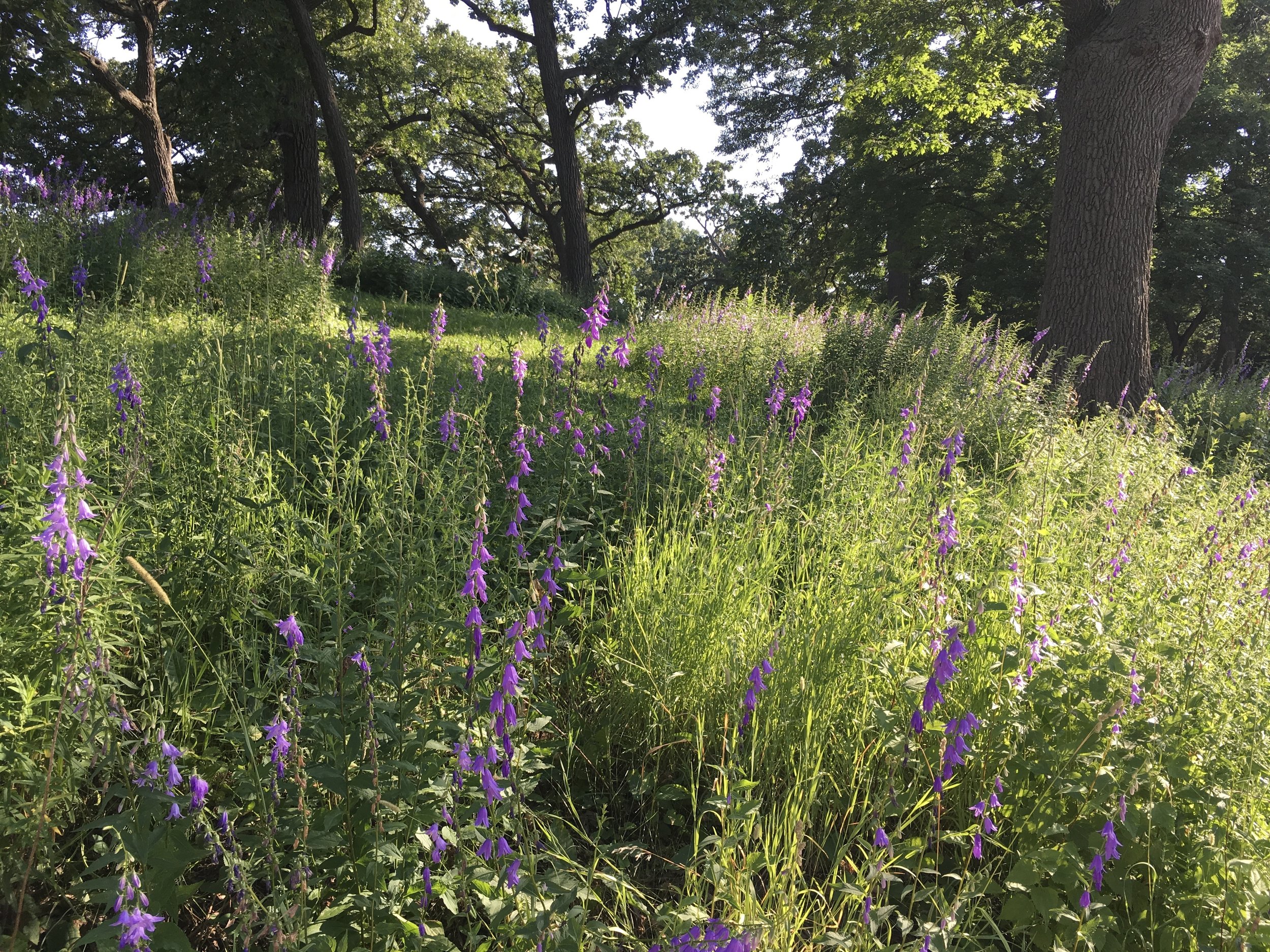If you’re thinking about installing a patio, you’ve probably heard different opinions on the best material for the joints. In more temperate areas, mortared brick can be installed on the ground without major extra work, but in Wisconsin’s climate, it’s important for a patio to have some flexibility to move with the freeze-thaw cycle. Ironically, this movement is exactly what contributes to a brick surface’s longevity. That’s why most brickwork in our area is dry-laid—meaning there’s no mortar between the joints.
So, if not mortar… what should go between the joints?
For most of history, coarse sand has been the go-to material. The angular grains create friction and interlock, helping to stabilize the bricks. It works well for this purpose, but over time, it can wash out. The best choice is usually coarse concrete sand (also called torpedo sand).
In recent years, a product called polymeric sand has gained popularity. It’s essentially sand with acrylic polymers that bind the grains together. These polymers come in two types: synthetic and “organic.” The key difference is that organic binders can soften and re-harden, whereas synthetic ones harden permanently.
The organic binders make sense in theory because, remember, unless a patio is built on a 4-foot-deep footing, it will always move to some extent in this climate. A joint material that can adapt by softening and re-hardening seems logical. The problem? Over time, unless the surface is kept perfectly clean, other materials get incorporated into the sand—weed seeds take hold, germinate, and create a bit of a mess.
Synthetic polymeric sand does a great job… until it doesn’t. After a several years, you sometimes end up with sections where the sand is still intact and others where it has crumbled.
As a contractor, I try to avoid over-promising. Expectations for polymeric sand tend to be high, but in reality, it’s not as easy to install as it sounds, it’s not a “forever” product, and when it fails, cleaning it off and replacing it is a hassle.
I’m not usually a fan of settling for “good enough,” but sometimes, accepting that there’s no perfect, no-maintenance solution in an outdoor setting is the better approach. A brick patio with sand joints might have some ants and occasional weeds, but it’s not the end of the world.
I recently heard a car commercial boasting that their vehicle was “highest in initial quality.” That made me pause. I’d rather have a car that’s the longest-lasting, most dependable, or most efficient. In some ways, polymeric sand is like that car—it offers impressive features while it lasts, but when it fails, the warranty probably won’t cover it.






